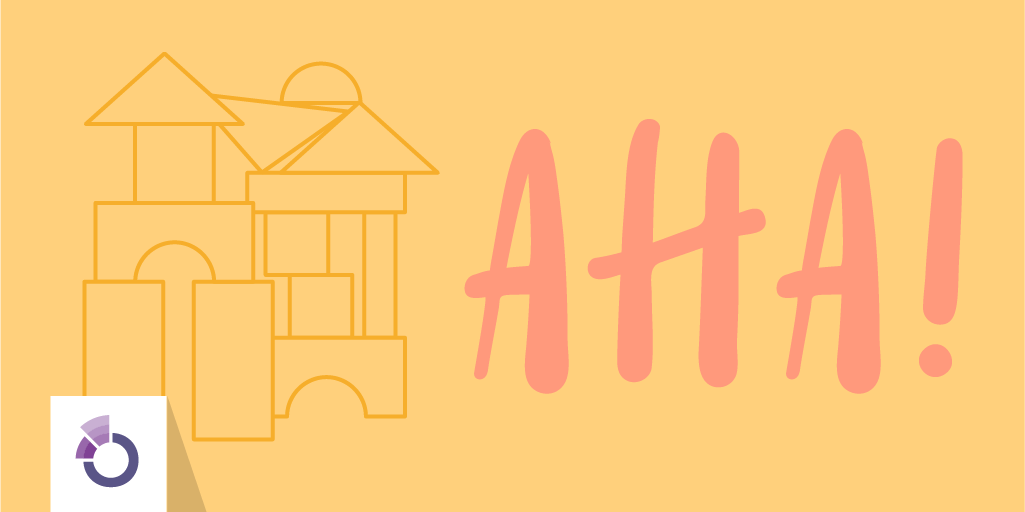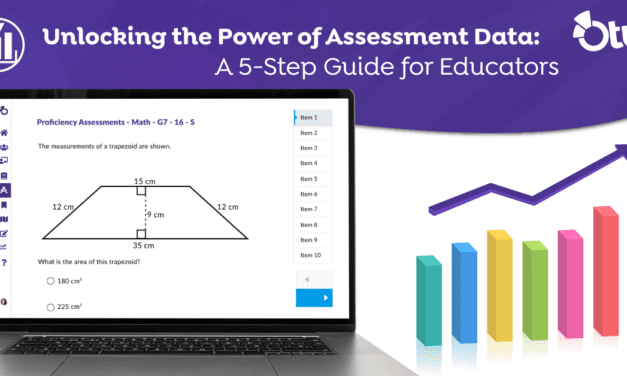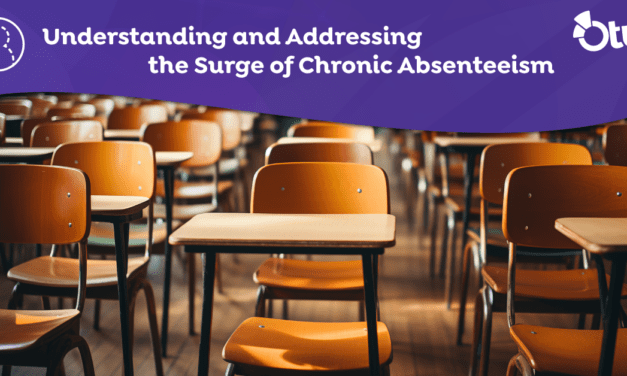As a former technology curriculum specialist in the RCMA Charter Schools network, I am proud to highlight a successful project-based learning unit our kindergarten students completed in spring 2016. The students were engaged in the unit for twelve instructional days; the unit was inspired by a 2012 Kinderworld blog post by Jamie Knudson. Students examined the question: Which community role—scientist, architect, or engineer—is the most important to build a neighborhood?2,3
Students designed models using boxes, construction paper, and crafting materials; showcased their understanding of shapes found in structures; described measurable attributes of their models, such as height and width; and designed the layout of their community as scientists, architects, and engineers.3
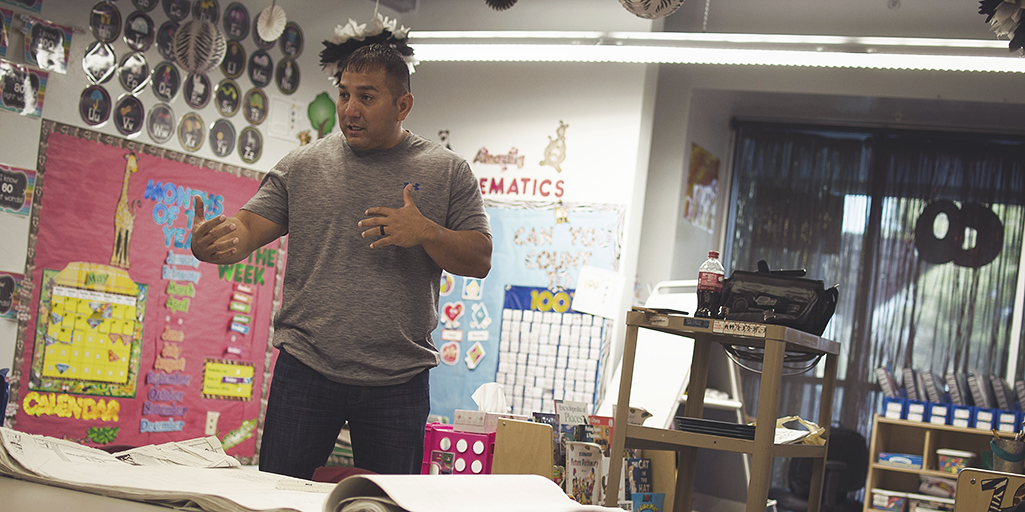
The project-based learning unit displayed an authentic culture of success where student learning was observable and discussable to the school community.3 RCMA charter schools are committed to excellence in education and students are educated to reach their potential as individuals, have life choices, and gain opportunities for success.1
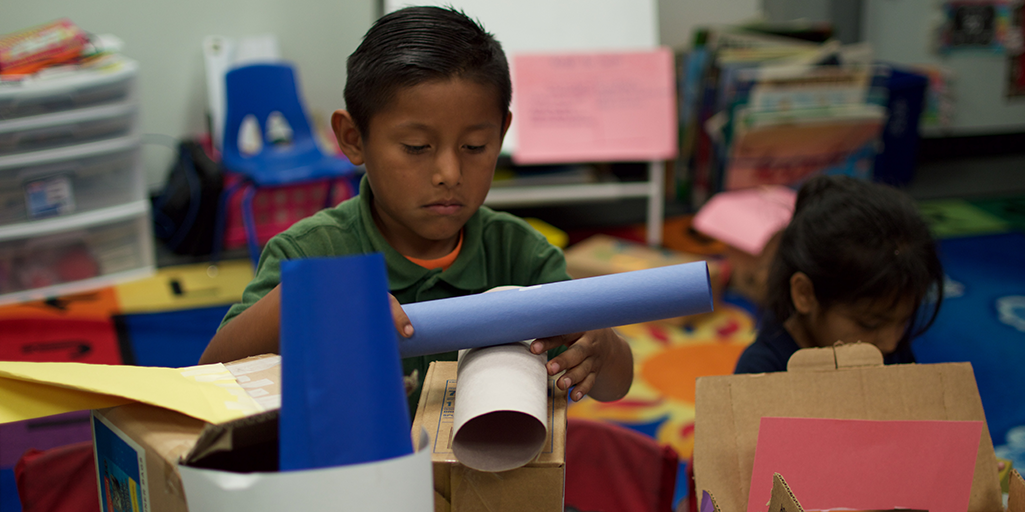
As a result of purposeful planning, the project-based learning unit empowered students to manufacture their own success. Instruction defined critical thinking, problem solving, collaboration, and self-management skills. Targeted learning outcomes were constructed with the end in mind, scaffolded the learning process, and determined assessment for evidence of learning.3 The students’ determination, collaboration, and construction of knowledge created a genuine interest in the project.
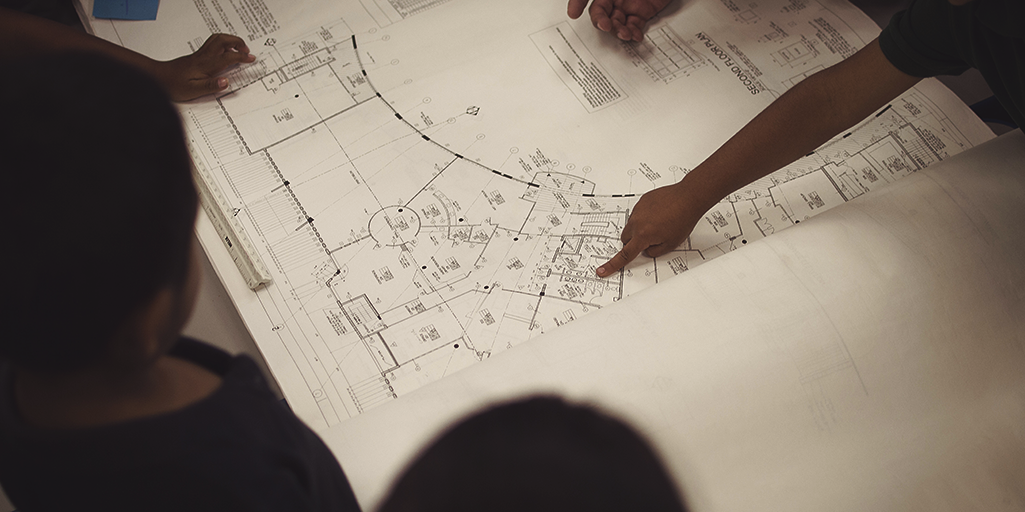
As students thought critically about architecture, technology was blended into the learning process. Otus allowed for the teacher to gather, engage, measure, and analyze student performance. Otus also contributed to student-facilitated learning in the classroom environment. When the students began their work, the teacher’s time was delegated to focus on the learning process and helping manage the resources.3
The whole class read aloud from Andrea Beaty’s “Iggy Peck, Architect” and “Rosie Revere, Engineer,” which allowed students an inventive glimpse into the lives of architects and engineers. The in-depth inquiry began with a visit from the RCMA organization’s architect, who provided students with real architectural renderings, instruments, and insight into his role in the school community. The students’ ability to question, find, and evaluate what had been learned allowed for sustained inquiry to develop.3
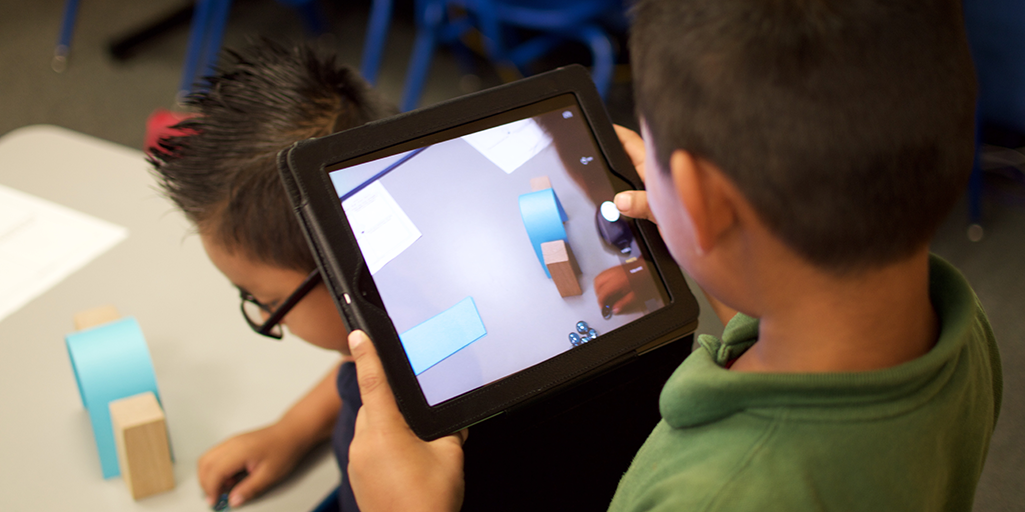
Next, students engaged in the planning process with collaborative small groups. Groupings explored manipulatives and developed shapes out of paper for an engineering challenge. The authentic challenge enabled students to persevere through learning and evaluate the engineering design process.
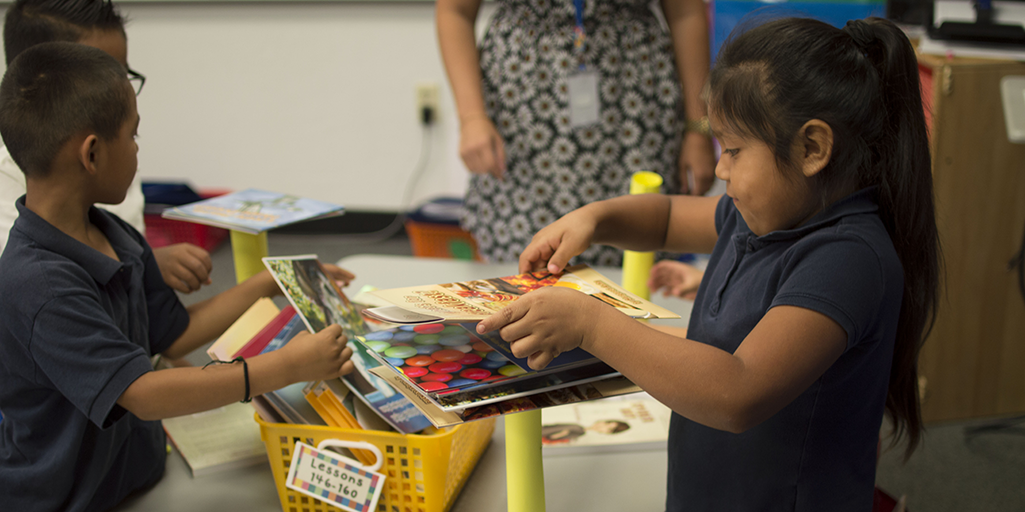
During the unit, students learned about community art in addition to the scientist, engineering, and architectural roles. Students developed their own artistic representations of bridges, inspired by Claude Monet. Relying upon their senses and using prior knowledge of arch and beam bridges, students designed bridges that could support the greatest amount of weight. With guidance and support, individual, group, and class reflection occurred during the unit.3 This is when our learning community discovered that all community roles (scientists, engineers, and architects) are important to building a neighborhood.
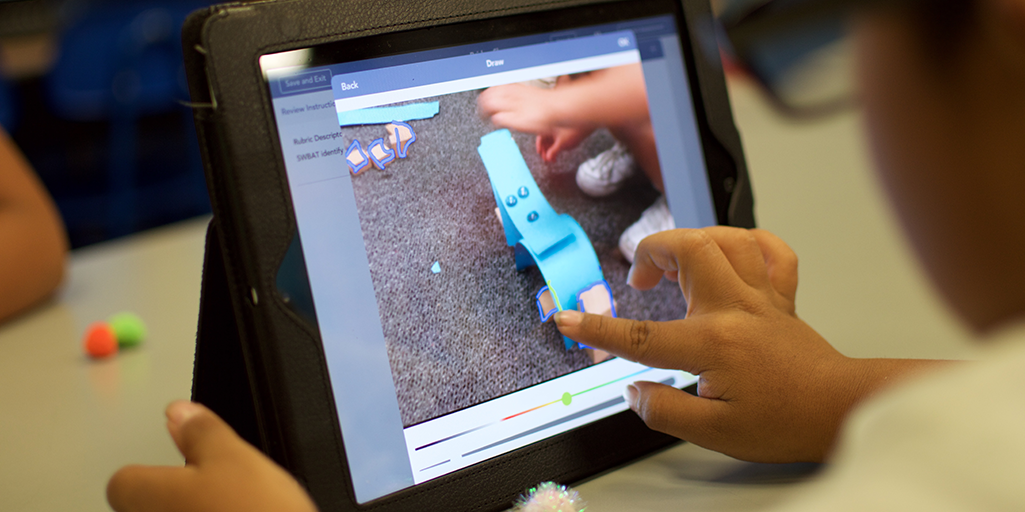
Overall, project-based learning is a powerful instructional tool in any educator’s toolbox, and can inspire teachers and their students to develop solutions to real world problems all the while transforming learning in the 21st century.
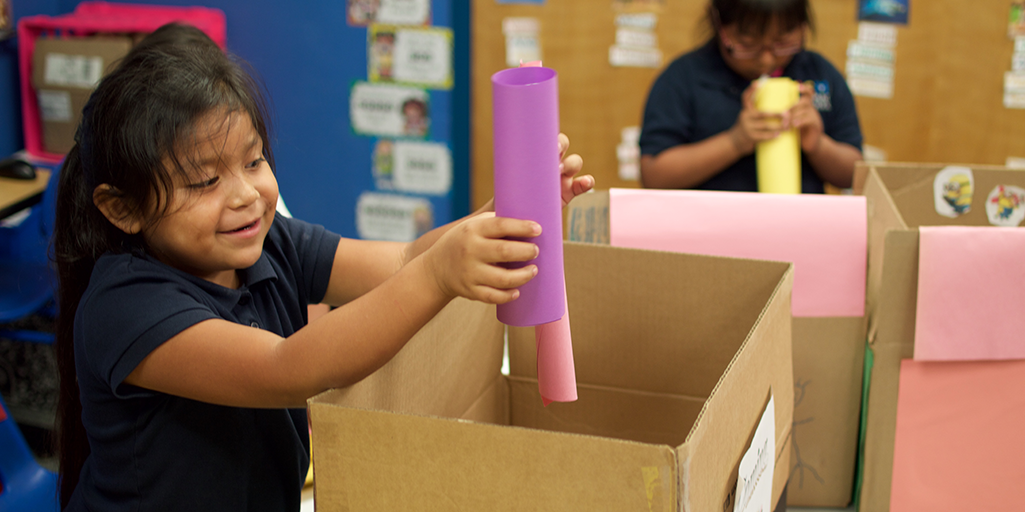
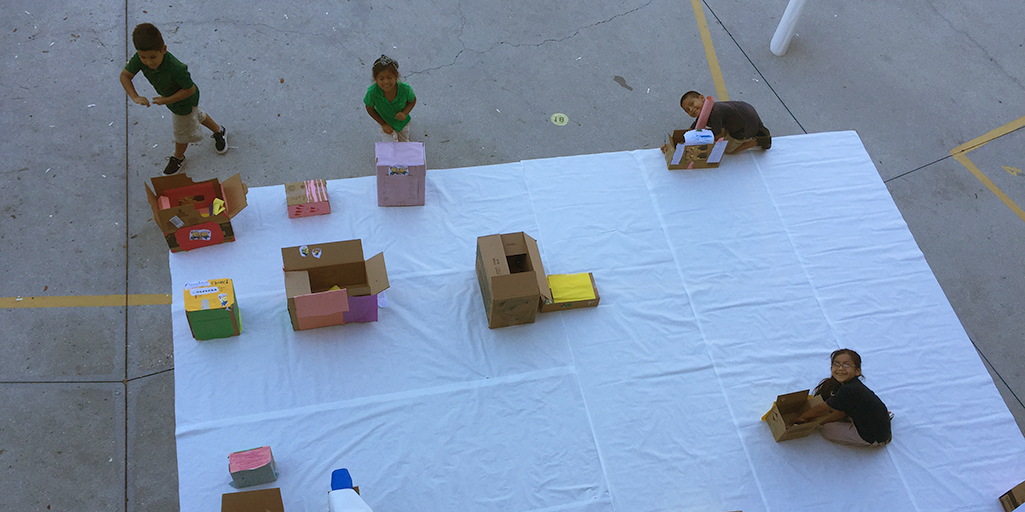
References
1. RCMA (2016). RCMA mission statement. rcma.org/mission
2. Jamie Knudson (2012). “Kindergarten Project Based Learning Ideas Here!” Kinderworld (blog), kinderworldway.blogspot.com/2012/08/project-based-learning
3. John Larmer and John R. Mergendoller (2015). “Why We Changed Our Model of the ‘8 Essential Elements of PBL.’” Buck Institute for Education (blog). bie.org/blog/why_we_changed_our_model_of_the_8_essential_elements_of_pbl

